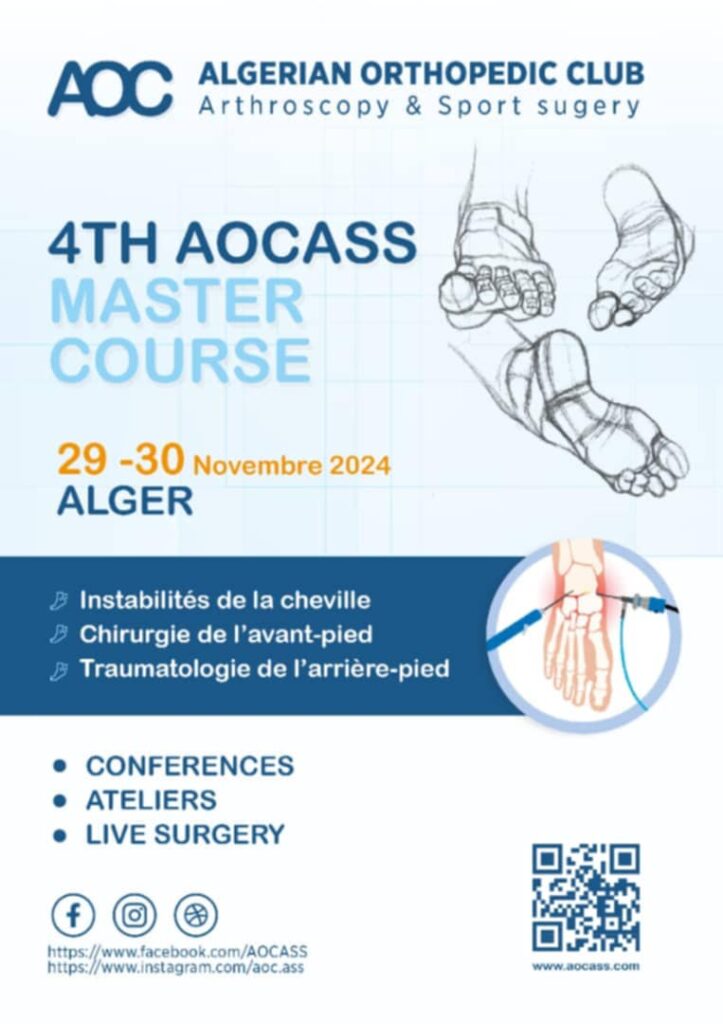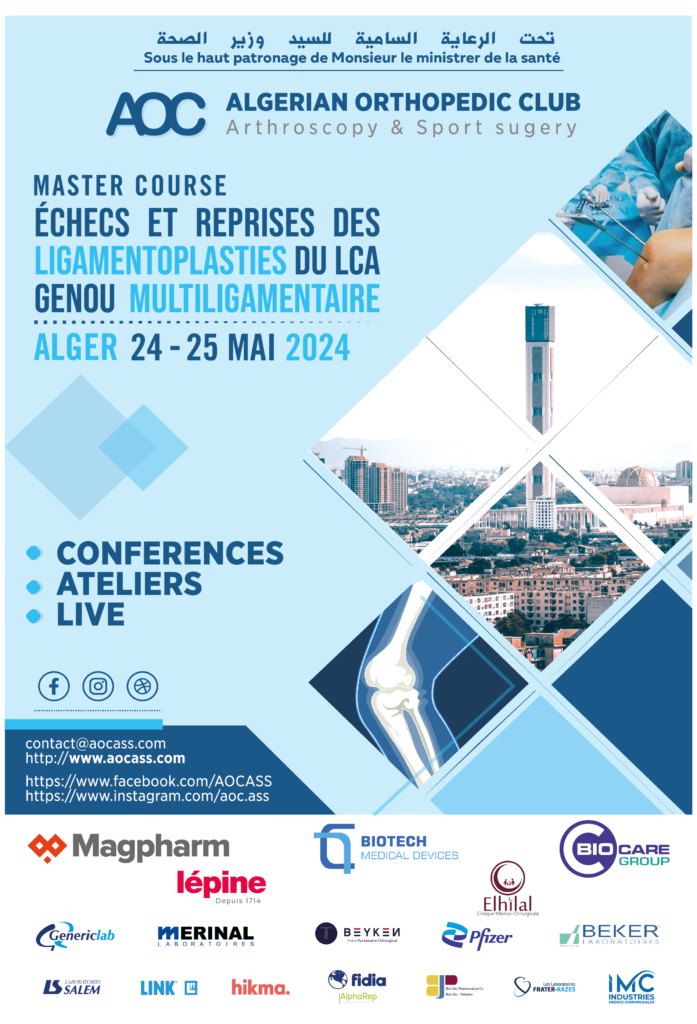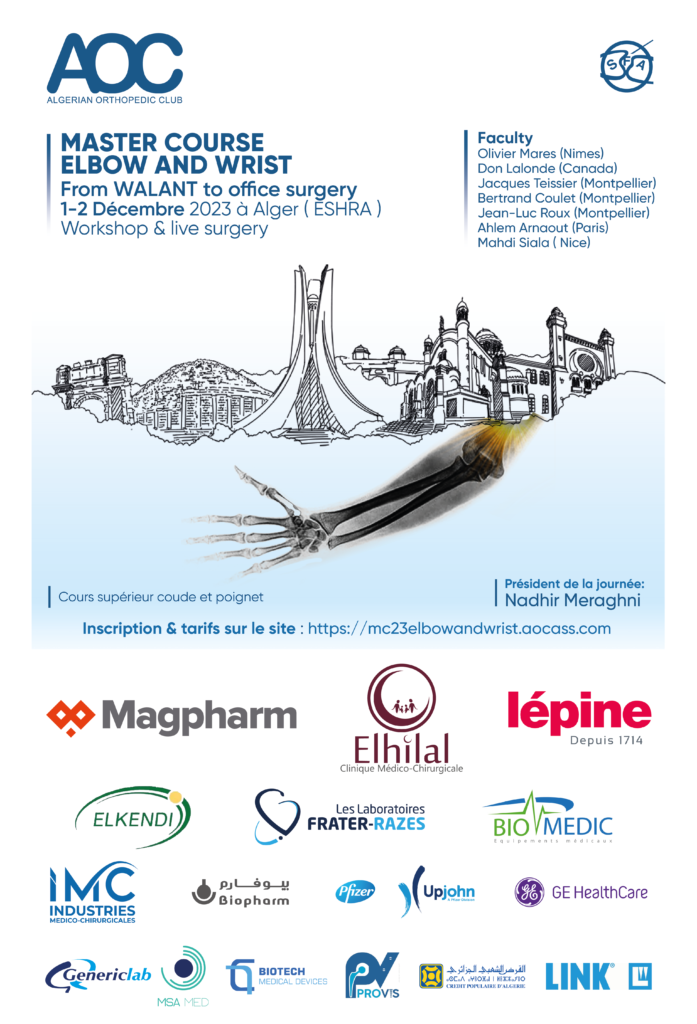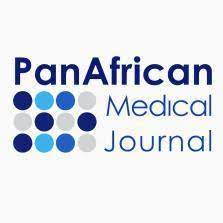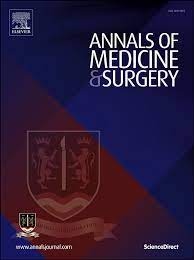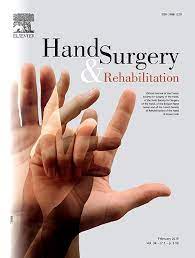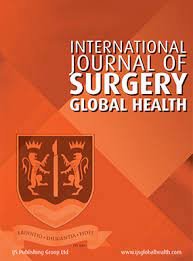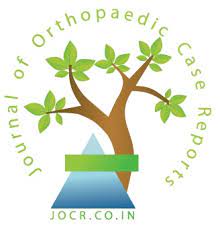A B S T R A C T Carpometacarpal (CMC) fracture–dislocations of the fifth ray are common. For chronic injuries, Dubert proposed combining resection arthroplasty of the base of the fifth metacarpal (M5) with synostosis with the fourth metacarpal (M4). Our aim was to evaluate the results of this procedure. Between 1994 and 2014, 7 men and 1 woman with an average age of 36 years (range, 27 to 45) were operated on. The right hand was involved in 6 of the 8 cases. All patients had symptomatic osteoarthritis secondary to isolated articular malunion and subluxation of the 5th CMC joint. Fusion was obtained right away in all 8 cases. Six patients were evaluated with a mean follow-up of 93 months (range, 7 to 249). At the final assessment, all patients reported a significant decrease in pain. The mean pain assessed by a visual analog scale (VAS) was 0.6/10 (range, 0 to 5). Range of motion in flexion–extension of the M4-M5 block ranged from 108 to 208. Grip strength remained reduced by 15% to 70%. All patients except one were satisfied with the outcome. The technique described by Dubert is an effective method to relieve pain. By fusing together M5 and M4, it preserves the length of the fifth ray and a certain adaptability of the palm when gripping. However, it can be used only when the CMC joint of the 4th ray is healthy. This stabilized arthroplasty is an effective and reliable technique for the treatment of symptomatic osteoarthritis secondary to CMC fracture–dislocation of M5 Full text : Results of the Dubert procedure for chronic painful fracture

